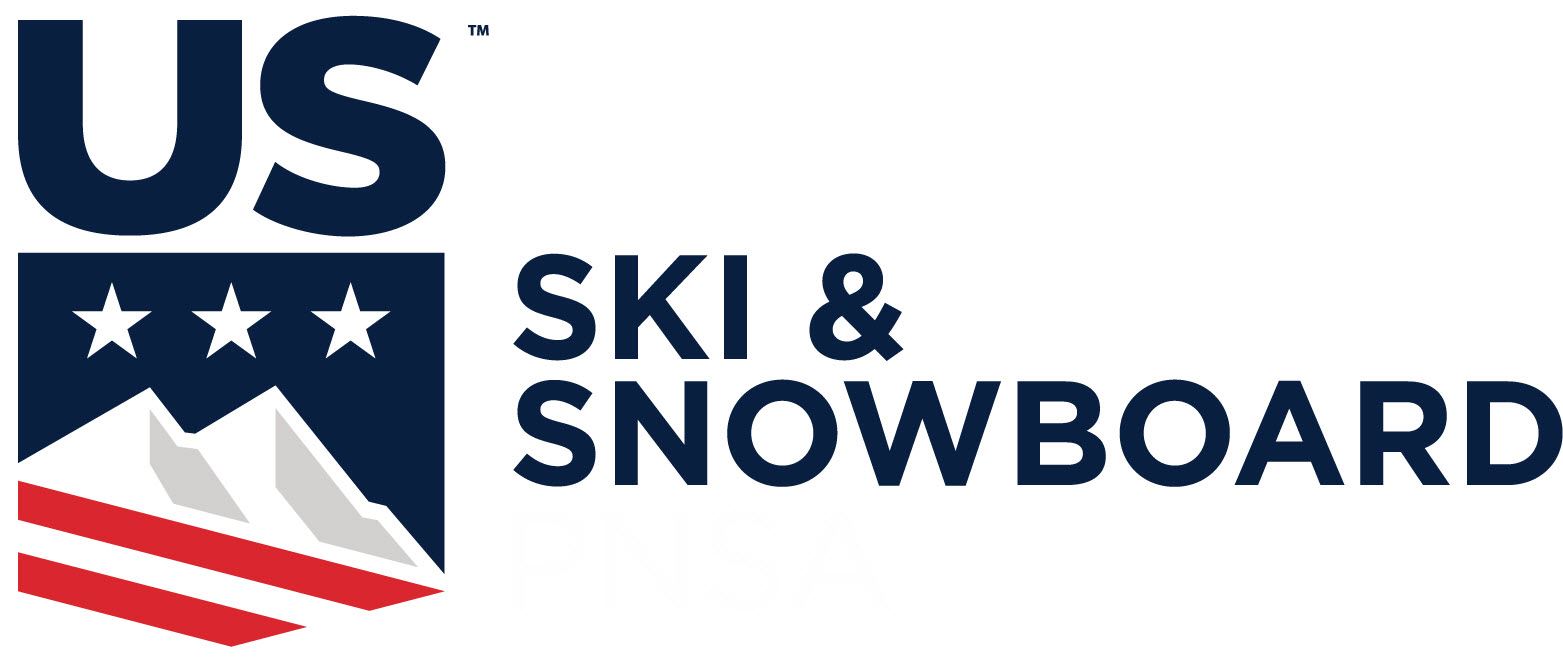WHAT SKI RACING EQUIPMENT DO WE NEED?Quick link to selecting skis. |
.jpg) Q: Does my child need a helmet?
Q: Does my child need a helmet?
A: Yes. The CMAC program has a mandatory helmet rule - helmets should have protective covering that in one piece covers head and ears in hard protective covering. Face guards on helmets are optional for slalom, and not allowed for other disciplines. If your child is getting close to the gates a face guard is a good idea for slalom. Note that helmets should be approved ski helmets (not cycling, motocross, etc.) Per USSA regulations helmets must bear a CE mark and conform to recognized and appropriate standards for non-motorized snow sports, including CEH.Din 1077, ASTM F2040, SNELL S98 or RS 98. The USSA does not allow helmet mounted cameras in official training (e.g. official training runs prior to a DH event) or racing.
Q: Can we use a soft ear helmet?
A: If you are only going to get one helmet, make it a hard ear helmet. Per USSA regulations, a soft ear helmet is only allowed in slalom and these USSA regulations will be enforced during all USSA sanctioned races (which are typically for U14 and older athletes).
- Prep program athletes will be allowed to train with a soft ear helmet, and race in the Sallie McNabb Cup, although we would still encourage use of a hard ear helmet, and a hard ear helmet will be required to race in a GS or Super G race such as the Cherry Tree Charge.
- All other athletes (Mighty Mite Race program and programs for older athletes) should have a hard ear helmet which is required for all race disciplines except slalom.
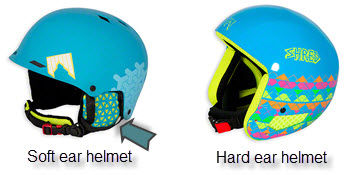
The specific rules from the USSA are as follows:

Q: What are the new FIS and USSA helmet requirements?
A: Starting the 2015-16 season, and athletes 12 and older (U14 and above) in USSA or FIS races are required to have the "RH 2013" FIS logo sticker on the back of their helmet. It is recommended that U12 and younger racers also wear an approved helmet. This file has details on the sticker which is required to be on the helmet. If this sticker is not on the helmet, the helmet is not legal for GS, SG, and DH races. So anyone buying a helmet this season should purchase one with the sticker. Without this manufacturer-applied sticker, athletes will not be allowed a start in FIS DH/SG/GS. (“no sticker, no start, no exceptions”):

Q: Where do we buy ski equipment? Are there any equipment deals for my child? Are hand-me-downs OK?
A: Sturtevant’s is a long-time supporter of CMAC. Look for their yearly racer discount day advertised on the web site and through blast mails. You may also look at our Product Rep page for coaches that represent various products and may be able to provide you pro form costs with the use of your USSA membership. CMAC will have a gear swap during the season so look for announcements on the site and in email. We also encourage hand me downs providing they are still in good condition.
Equipment is forever changing hands at CMAC, check our CMAC Buy and Sell Facebook page for the latest gear. TAS and MIssion Ridge have similar forums in Facebook. There is also a forum at SidelineSwap which might also be helpful. Finally there are many fine outlets for gear on the web, including ARTech, Race Place, RaceWerks, SVST.
Q: How should I tuning my racer's skis (edge bevel, base bevel, etc.)
A: CMAC's tuning guru John Ellis has written a document on tuning standards by age group. This can be found here.
Q: What type of skis should I get for the Mighty Mite Prep Program?
A: Prep Program athletes should have a basic carving ski or ideally a junior slalom ski with a waist width of 65-75mm . The key is that the skis have a substantial side cut and are not fat powder or twin tip skis. This will help athletes learn how to really carve the ski. For ski lengths, see the CMAC Guide to Ski Sizing.
Q: What type of skis should I get for the Mighty Mite Race Program?
A: U8 and U10 athletes only need one pair of good carving or junior race skis. U12 athletes are predominantly pre-growth-spurt, but are getting much more technically advanced. Slalom and GS skis are recommended. SG skis are nice if you can find them but get very little use. Junior GS skis in a longer length are easier to find and can be used for SG instead at this age, if they are flexible (soft). For ski lengths, see the CMAC Guide to Ski Sizing.
Q: What type of skis should I get for the Advanced Prep Program?
A: For Advanced Prep Program athletes look for a SL ski with a length about the halfway mark between a SL ski and GS for their height, or a GS ski which is definitely no longer than recommended length if not a bit shorter than recommended. For ski lengths, see the CMAC Guide to Ski Sizing.
Q: How long should skis be?
A: Our own John Ellis has written a nice Guide to Ski Sizing. There are also USSA/FIS equipment regulations for older athletes which you can find in the Alpine Equipment Guide at the USSA website.
Q: How do you know when a kid needs new skis?
A: When the bases and edges are beyond tuning or when the child outgrows the pair they have. If you are not sure ask your child’s coach for their opinion. Look to see what other kids are skiing on, or ask your tuning shop.
Q: How many pairs of skis should a kid have?
A: For U12 and under age racers, one good pair is usually fine. As racers approach the Junior level, a pair of skis for slalom and a pair for giant slalom is the norm, but not required.
Q: How many times can you move bindings?
A: The more you move bindings the weaker the ski becomes, certainly not more than twice. You can always try it but the ski is likely to break. If the skis have riser-plates on them, bindings can be moved indefinitely, if you are careful to preserve the holes.
Q: Can you tune skis yourself? Are there any classes? Where do you buy wax etc.?
A: Yes you can tune your kid’s skis yourself and watch for information on CMAC's ski tuning clinics. The clinics are excellent and definitely worth attending if you plan to tune your own skis.
Q: How long should poles be?
A: In the past it was recommended that your elbow be at 90° when your pole is in the snow. Now a little longer is regarded as better.
Q: Does my child need special poles, pole guards, GS poles, etc.?
A: They don’t need guards unless they are hitting the gates and they will let you know when they start hitting the gates. They don’t need GS poles.
Q: Where do you buy the CMAC team jackets?
A: Orders for new gear are taken once a year in the spring here on the web site. (This will be announced in our email communications beforehand.) A team jacket is not required, and most Saturday Prep program athletes don't have a team jacket. If you're new to the team, a great option to find a jacket is to get one form another family via our equipment buy and sell group on Facebook: https://www.facebook.com/groups/CMACBuyAndSell/.
Q: Are there any extra items we should have on hand?
A: Absolutely you should have extra gloves, a neck gator to protect your child from frostbite on very cold days and a set of dry clothing for wet days and accidents)
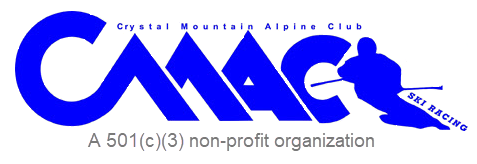



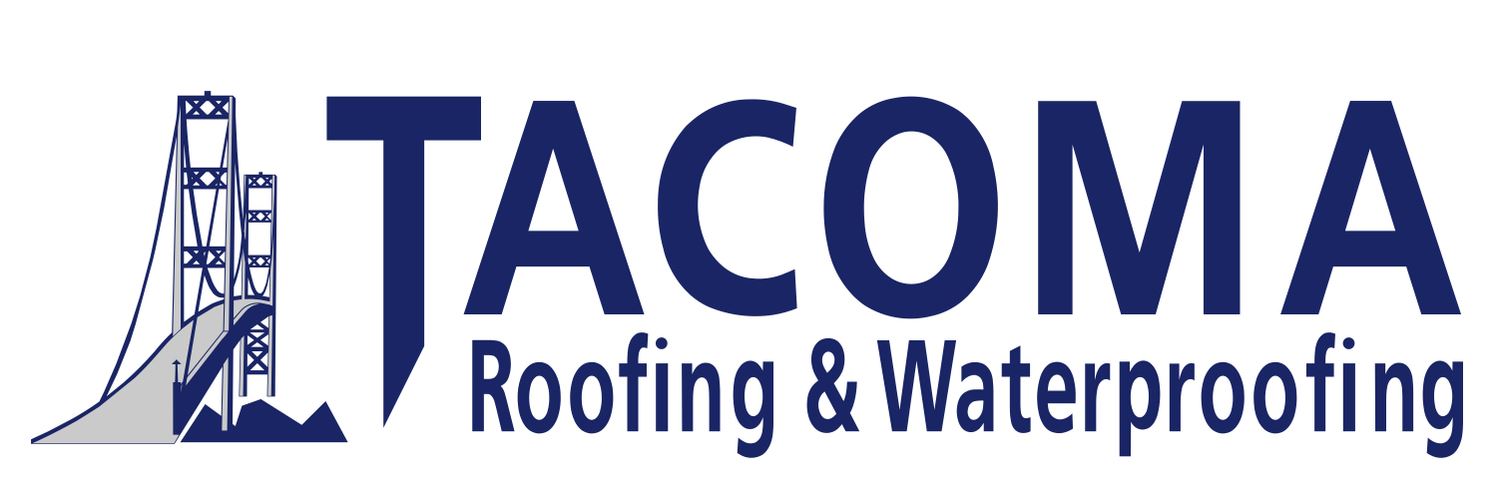




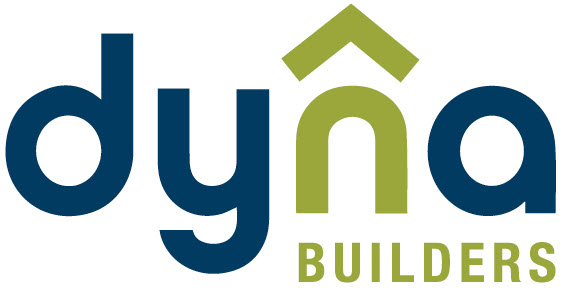



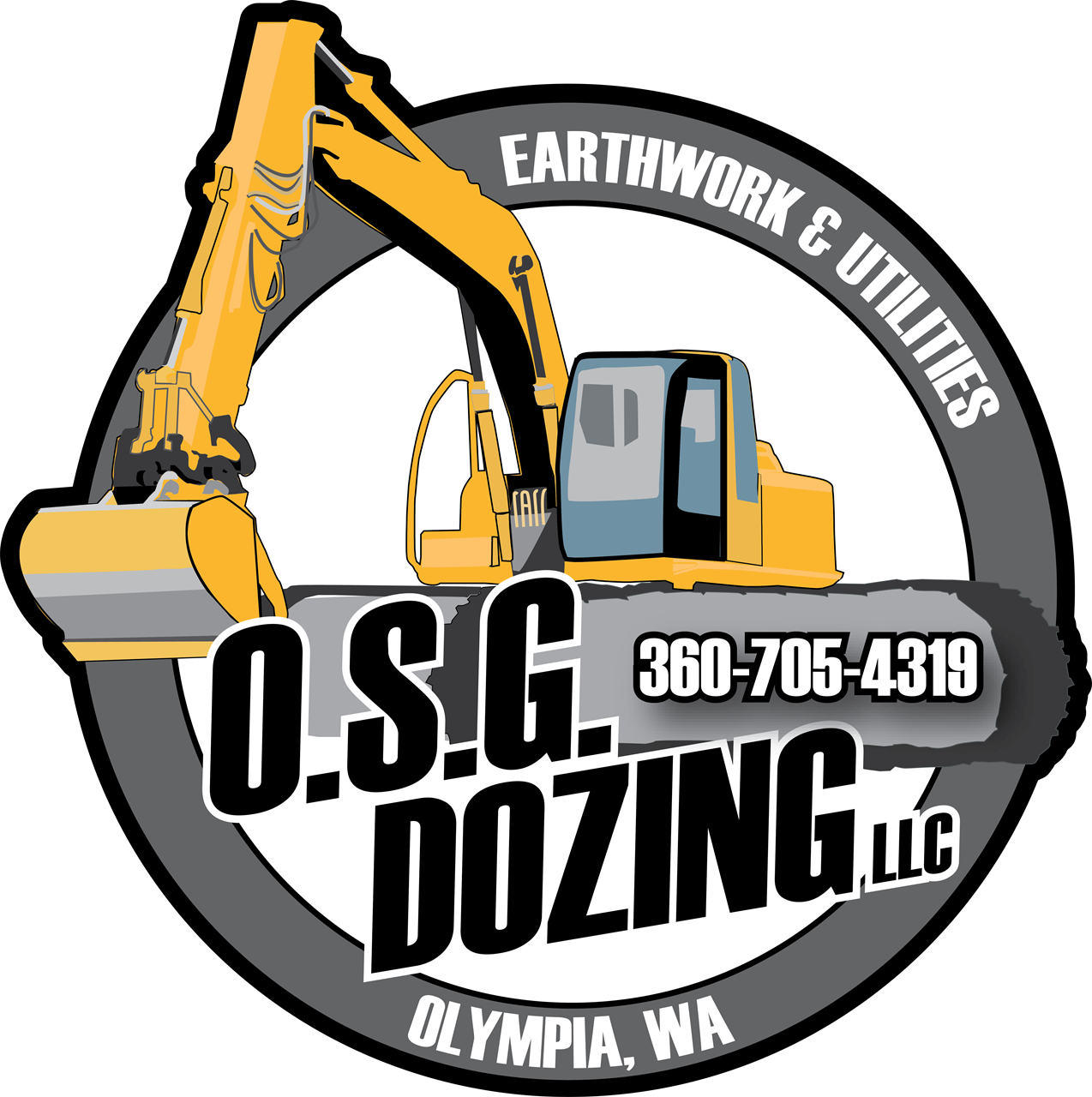

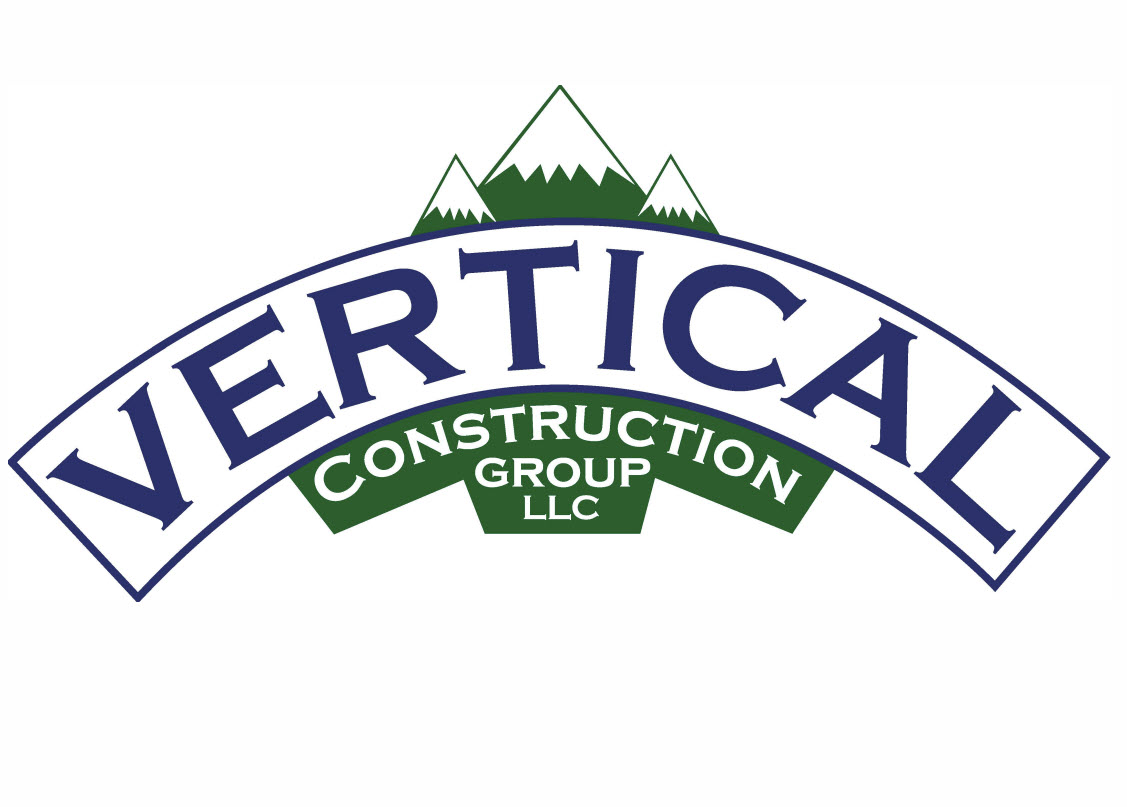




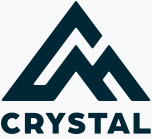
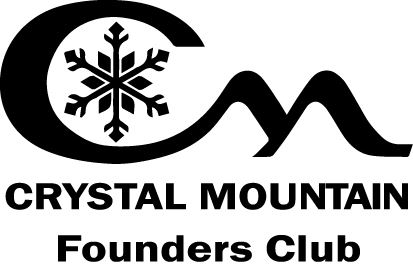
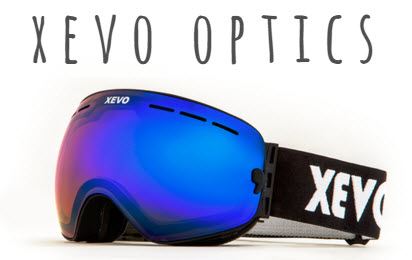
%20Logo.jpg)
